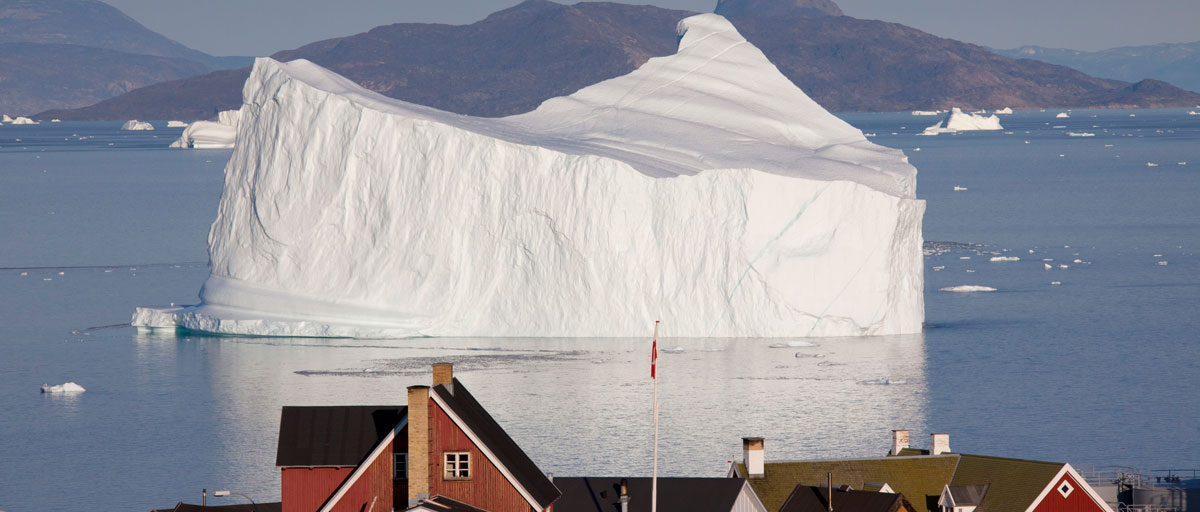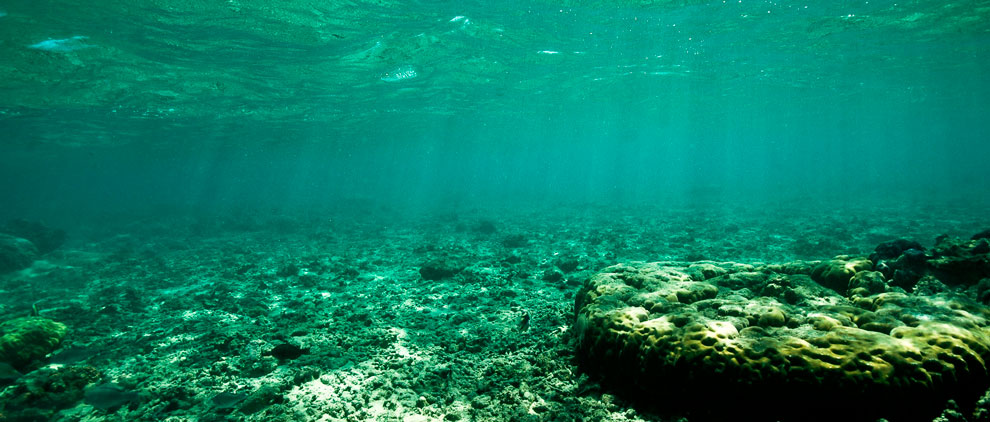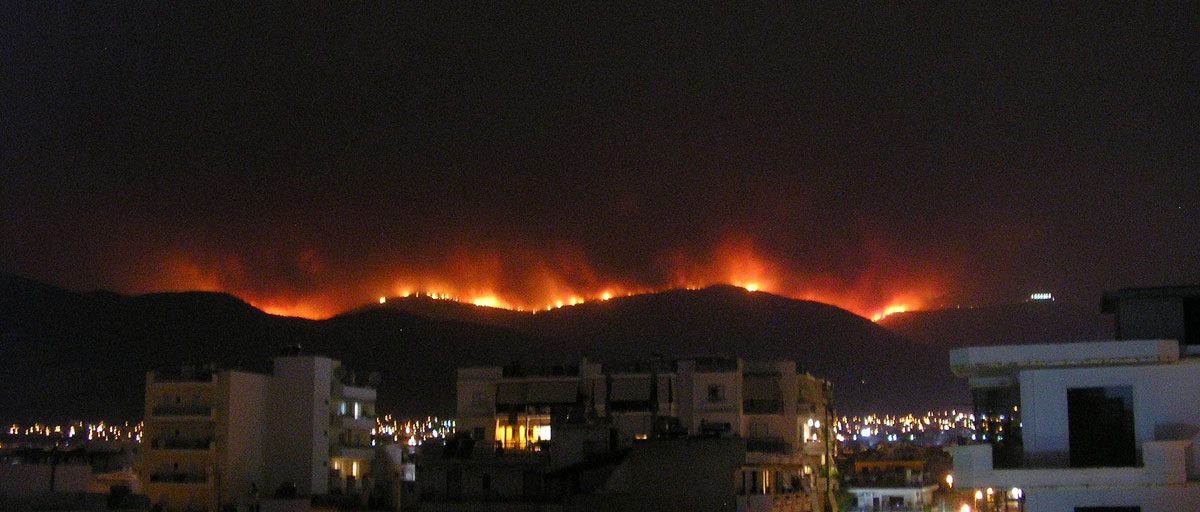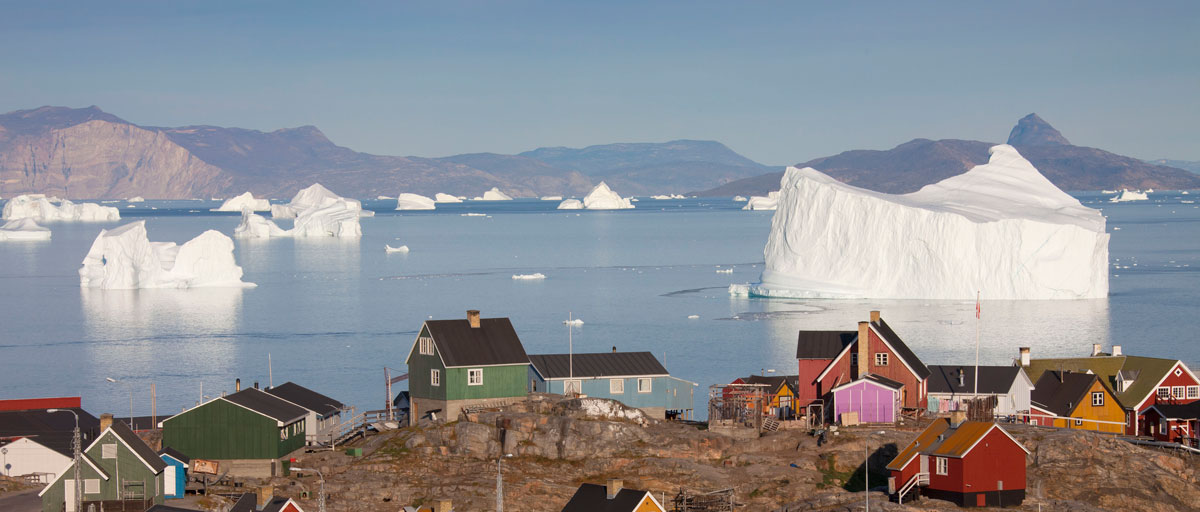
In a study published in Science, researchers warn of cascading effects of regime shifts, where dramatic change in an ecosystem may trigger or increase the risk of others. For example, climate change in the Arctic can have domino-like cascades that could have significant social and ecological consequences. Photo: S-E Arndt/Azote
Bildtext får vara max två rader text. Hela texten ska högerjusteras om den bara ska innehålla fotobyline! Photo: B. Christensen/Azote
regime shifts
Contagious collapses
New study reveals hidden links and potential domino effects between tipping points in climate, ecosystems and societies
- Tipping points in one ecosystem can trigger or increase the risk of tipping points in other ecosystems, sometimes over far distances
- Such links were found in 45% of the cases studied, indicating that both science and practice tend to underestimate the interconnectedness of tipping points
- This is relevant for policy and practice since decisions made in one place can undermine the achievement of sustainable development goals in other places
Sometimes ecosystems change in so dramatic and substantial ways that they cross a “tipping point”. Scientists call such largely irreversible changes “regime shifts”. One example is how a rainforest can shift abruptly to dry savannah due to the combined effect of deforestation and climate change.
Now a group of researchers from the centre and the Beijer Institute of Ecological Economics has teamed up with Princeton University ecologist Simon Levin to study (also member of Stockholm Resilience Centre's board) how such regime shifts can be better managed and prepared for. Their results, published in the latest issue of Science, suggest that more attention should be paid to how regime shifts are connected and how those connections should be managed.
"Regime shifts pose challenges to ecological management and governance because they are difficult to predict and reverse and substantially alter the availability of benefits that people receive from nature," explains, Juan Rocha, lead author of the new study.
The group of researchers, which also includes Garry Peterson and Örjan Bodin, has specifically studied the potential for some regime shifts to trigger or increase the risk of other regime shifts occurring, so called “cascading” regime shifts. This kind of a domino-like cascade of melting ice, shifting ocean currents and degraded forests that could tilt the Earth into a “hothouse” state.
Regime shifts are ubiquitous in nature, yet how they can interact is often disregarded because research is divided by disciplines that focus on one system at the a time
Garry Peterson, co-author
Hundreds of case studies
The study is based on a systematic network analysis of more than 300 case studies and 30 types of regime shifts, which have previously been collected in the Regime Shifts Database. The researchers defines a regime shift as cascading when its occurrence may affect the occurrence of another regime shift. This can happen in different ways.
For example, eutrophication (nutrient pollution) is often reported as a regime shift preceding oxygen deprivation or dead zones in coastal areas. Similarly, oxygen deprivation has been reported to cascade to nearby coral reefs affecting their vulnerability to warming and other kinds of environmental stress.
The researchers divided the regime shifts into two different types of cascading effects “domino effects” and “hidden feedbacks”. The first type is rather straight forward and occurs when one regime shift gives rise to subsequent regime shifts in a nearby or distant ecosystem, whereas the other “hidden” type is the result of two-way interactions that cannot be identified by studying one regime shift at the time.
The researchers compared both these two types of cascading effects with the case of two regime shifts being caused by common drivers, e.g. climate change causing regime shifts in both tropical coral reefs and in the Arctic. This kind of “driver sharing” can result in regime shifts that simply correlate at distant places without necessarily being interdependent.
Driver sharing was more common in aquatic systems, while hidden feedbacks were more commonly found in terrestrial and Earth systems tipping points. Regime shifts influenced by domino effects were often marine and occurred over shorter times and more localized places, including mangrove transitions, kelp transitions, and transitions from salt marshes to tidal flats.
"Our study is relevant for policy makers and managers because regime shifts can affect ecosystem services and human well-being, and hence undermine the achievement of sustainable development goals," the authors write.
When regime shifts are interconnected over large distances, whoever makes decisions on management is not necessarily the one that has to deal with the impacts. This is for example the case for mechanisms that connect far away ecosystems through climate change, fire, nutrient inputs, or trade.
Moisture recycling is another interesting example. It is both a key underlying factor for the regime shift from rainforest to savannah in the Amazon, but also has the potential to cascade far beyond the forest that depend on moisture recycling as an important water source. In this way, changes in moisture recycling can affect mountain forests in the Andes, nutrient cycling in the ocean by affecting sea surface temperature, and therefore regime shifts in marine food webs.
Avoiding regime shifts
For managers it is of key importance to avoid regime shifts as they can have substantial impacts on human economies and societies and are often difficult and costly to reverse. Developing early warning signals that also take coupled regime shifts into account is therefore urgently required.
Another important aspect put forward in the new study is the need to identify common drivers for several different regime shifts. This could result in management strategies that target specific “bundles of drivers”, increasing the chances to avoid several regime shifts simultaneously. For example, management options for drivers such as sedimentation, nutrient leakage, and fishing can reduce the likelihood of regime shifts such as eutrophication and oxygen deprivation in coastal brackish lagoons, as well as regime shifts in nearby coral reefs.
Methodology
The empirical basis for the investigation was drawn from the Regime Shifts database, which offers syntheses of over more than 30 types of regime shifts, and more than 300 case studies based on literature review of >1000 scientific papers. Causal diagrams for each regime shift were converted into a network, and a link between two nodes in these networks means that there is at least one scientific paper reviewed in the database providing some evidence for a causal relationship. The research questions were tested using so called “exponential random graph models” and can be rephrased as “‘What is the likelihood of a link between regime shifts in the response variable matrix, and what features change this likelihood?’” As explanatory variables, the researchers used the regime shift database categorical variables, focusing on how similar two regime shifts are, and whether the similarity increases the likelihood of having a link on the response variable matrices.
Rocha, JC, Peterson, G, Bodin, Ö, and Levin, S. 2018. Cascading regime shifts within and across scales. Science 362 (6421), 1379-1383. DOI: 10.1126/science.aat7850
Juan Rocha's research questions are oriented to understanding critical transitions: from regime shifts in ecological systems, to collective action in society. He is focusing on the idea of cascading effects, or teleconnections, and how a critical transition in an ecosystem in the world can increase or decrease the likelihood of another ecosystem tipping over.
Garry Peterson is professor in environmental sciences with emphasis on resilience and social-ecological systems. His research combines three themes: abrupt systemic change, how ecological changes impacts people, and using futures thinking to improve navigating surprising social-ecological change.
Örjan Bodin combines and integrates methods and theories from several scientific disciplines to develop better understanding of social-ecological systems. In his work, he uses and develops theoretical/conceptual models and simulations, as well as engaging in empirical studies and empirical data analyses.









